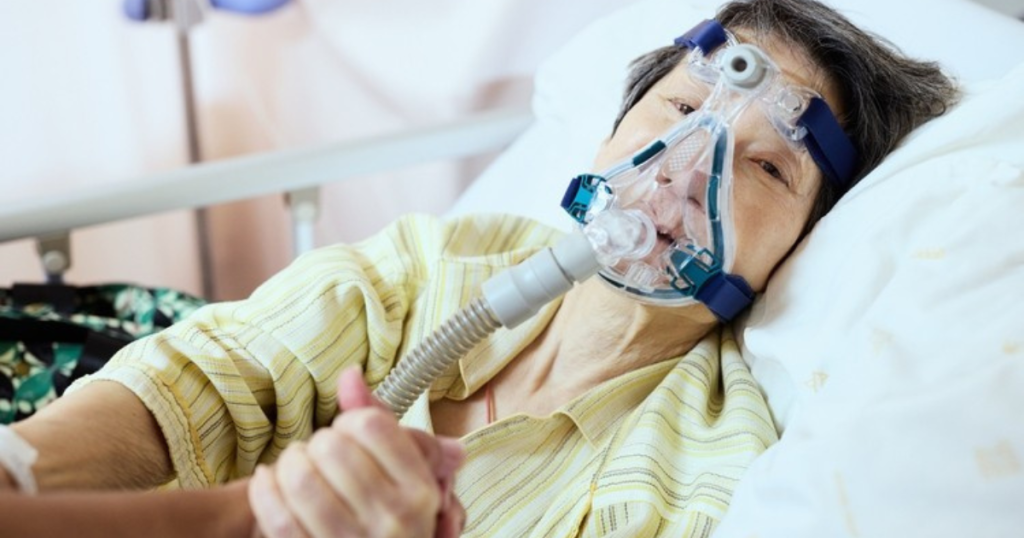COVID-19 In a decisive move to bolster the global response to the ongoing COVID-19 pandemic, the World Health Organization (WHO) has recently issued its 13th update to the guidelines for therapeutics, honing in on individuals with non-severe manifestations of the virus. This comprehensive update, aimed at healthcare professionals and policymakers alike, delves into the nuanced risk factors associated with hospital admission, considering recent trends in virus variants and the impact of widespread vaccination on disease severity. This article aims to explore, in detail, the revised risk rates and treatment recommendations outlined in WHO’s latest guidelines, providing a comprehensive understanding of the evolving landscape of COVID-19 therapeutics.
Risk Assessment for Hospital Admission

Understanding the evolving landscape of COVID-19, WHO has recalibrated risk rates for hospital admission in patients with non-severe symptoms. Notably, the current virus variants tend to cause milder disease, especially in individuals with heightened immunity due to vaccination. The updated risk assessments aim to assist healthcare professionals in identifying patients at high, moderate, or low risk of hospitalization, allowing for tailored treatment strategies.
High-Risk Immunocompromised Individuals
Immunosuppressed individuals remain at a higher risk, with an estimated hospitalization rate of 6%. This group should be closely monitored, considering their vulnerability to severe outcomes despite advancements in vaccination efforts. Rigorous preventive measures and early interventions are paramount for this demographic to mitigate the risk of severe illness.
Moderate Risk Expanding the Definition

The ‘moderate risk’ category has been expanded to include older individuals and those with chronic conditions, disabilities, and comorbidities of chronic diseases. This group, comprising people over 65 years old and individuals with conditions like obesity, diabetes, and chronic obstructive pulmonary disease, faces an estimated hospitalization rate of 3%. Recognizing the diverse factors contributing to moderate risk underscores the importance of personalized care and targeted interventions.
Low-Risk Majority but Not Without Monitoring
Those not falling into the high or moderate risk categories enjoy a lower risk of hospitalization at 0.5%. While this group represents the majority, it’s essential to recognize the potential for varied outcomes and monitor symptoms diligently. Vigilance in tracking the health status of individuals in the low-risk category ensures early detection and intervention if their condition shows signs of deterioration.
You Might Be interested In: Biological Revolution, Shaping Tomorrow By Completing Chromosome XI in the Sc2.0 Project.
Review of COVID-19 Treatments

WHO emphasizes the importance of tailoring treatments based on the identified risk level. The following recommendations guide healthcare professionals in selecting appropriate therapeutic interventions:
New Antiviral (VV116) and Ivermectin Limited Recommendations
WHO advises against using a new antiviral, VV116, for non-severe COVID-19 patients, except in clinical trials. Furthermore, the organization strongly discourages using ivermectin for non-severe cases but suggests its consideration in clinical trials for severe or critical COVID-19. The cautious stance on these treatments underscores the need for robust scientific evidence before widespread adoption, particularly in non-severe cases.
Conclusion
As the global community continues to grapple with the complexities of the COVID-19 pandemic, WHO’s updated guidelines provide a nuanced and strategic approach to therapeutics for non-severe cases. By considering individual risk profiles and tailoring treatment strategies accordingly, healthcare professionals can optimize outcomes and contribute to the ongoing battle against the virus. These guidelines mark a crucial step forward in the adaptive management of COVID-19, reflecting the latest advancements in our understanding of the virus and its impact on diverse populations.
In essence, WHO’s comprehensive approach addresses the immediate challenges of non-severe COVID-19 cases. It sets the stage for a more refined and personalized therapeutic landscape in the face of future infectious disease challenges. The continual evolution of guidelines underscores the dynamic nature of the pandemic and the commitment of global health authorities to adapt strategies based on emerging evidence and insights. As we navigate the uncertain terrain of the COVID-19 pandemic, WHO’s guidelines serve as a beacon of guidance for healthcare practitioners, policymakers, and the public alike, emphasizing the importance of evidence-based, patient-centric approaches in the ongoing fight against the virus.
